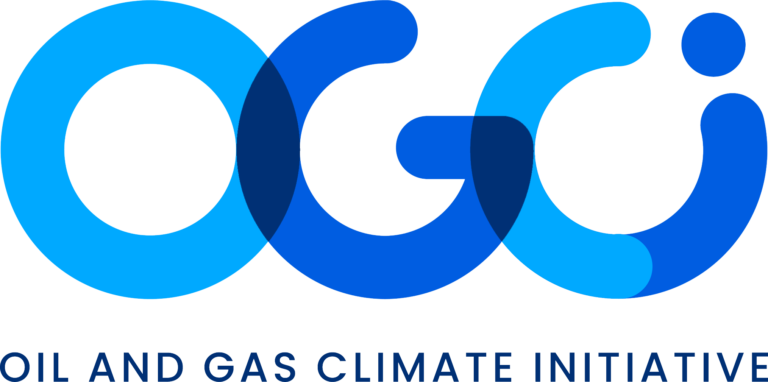Guidelines for venting minimization and vent recovery systems
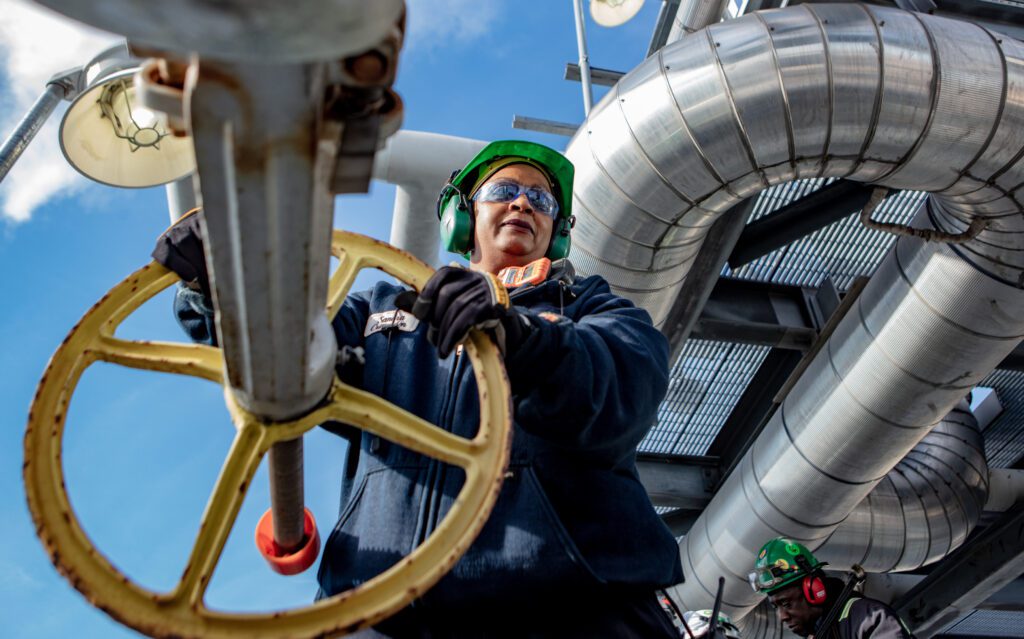
This guideline identifies venting sources and discusses the design and operation of vent systems and Volatile Organic Compound (VOC) recovery systems, as well as the situations in which these systems can be employed to minimize venting. This guidance has been developed to assist engineering and operations staff at upstream production facilities and may be useful […]
Reducing methane emissions: Best practice guide – pneumatic devices
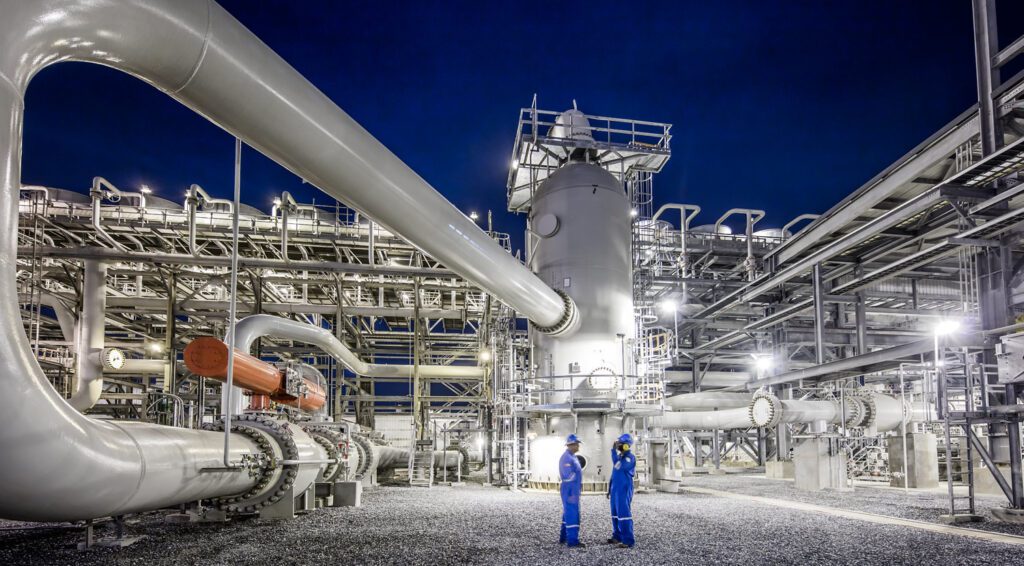
This document provides best practices for reducing or eliminating methane emissions from pneumatic devices. The guide outlines methods such as replacing pneumatic devices with electrical or mechanical alternatives, using compressed air instead of natural gas, capturing vented gas, or switching to low-bleed devices. It also emphasizes regular inspections and repairs of devices with higher-than-expected emissions. […]
Methane Flaring Toolkit
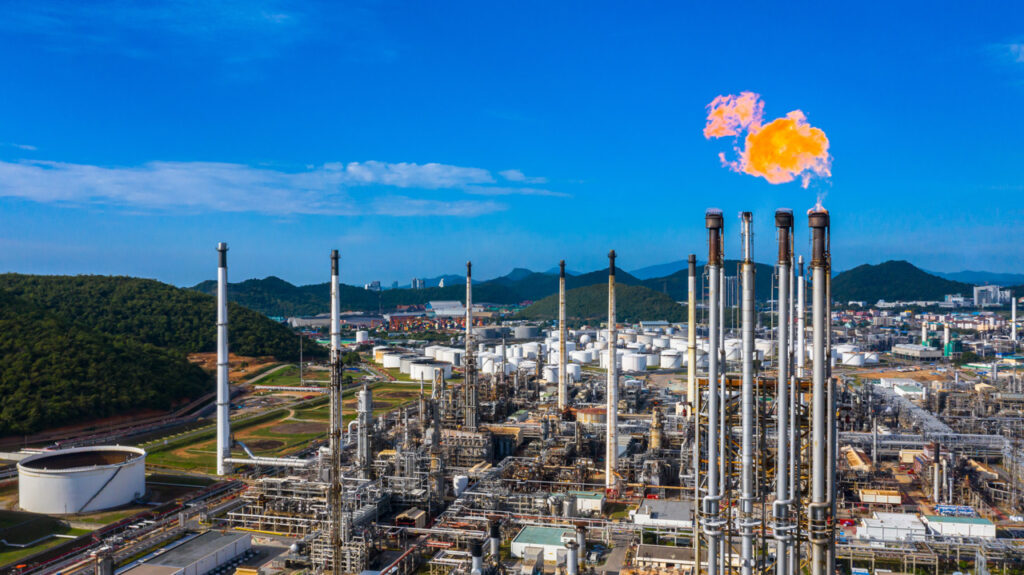
The Methane Flaring Toolkit offers practical guidance on measuring and monitoring methane emissions from gas flares in the oil and gas industry. It provides a comprehensive overview of the challenges involved in understanding, measuring, and reducing methane emissions. The toolkit includes tailored technology solutions for different flare types and locations, and enables users to download […]
Guidelines for design and operations to minimize/avoid flaring sources

This report provides practical guidance for designing and implementing solutions to minimize or eliminate flared gas in the upstream oil and gas industry. It covers strategies for reducing flaring volumes, offering actionable insights to improve operational efficiency and environmental performance.
Reducing GHG emissions from the US natural gas supply chain
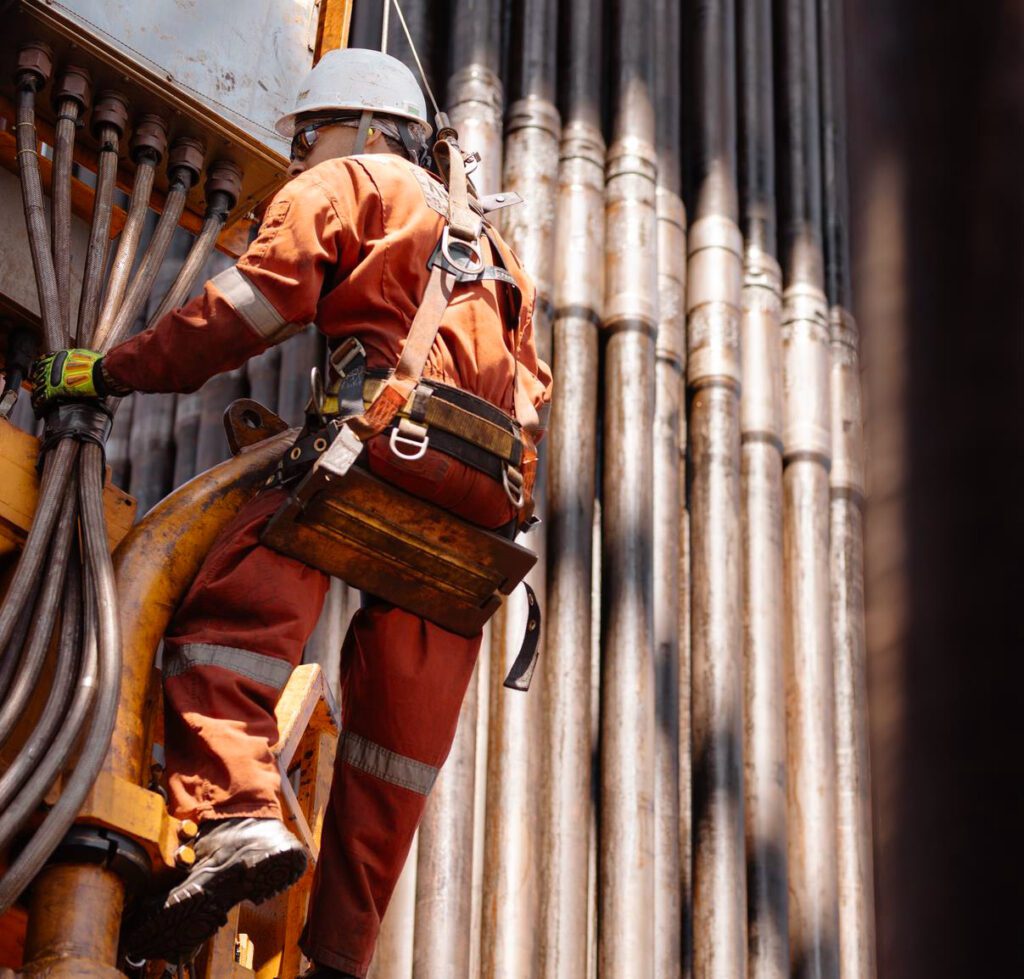
The study’s research charts a course forward to meaningfully reduce emissions from the natural gas system, contributing significantly to the United States’ ability to achieve its climate goals. The report concludes that through the implementation of existing policies, voluntary commitments, technologies, and market mechanisms, a 63% reduction in methane emissions can be achieved by 2030. […]
Reducing methane emissions: Best practice guide – identification, detection, measurement and quantification
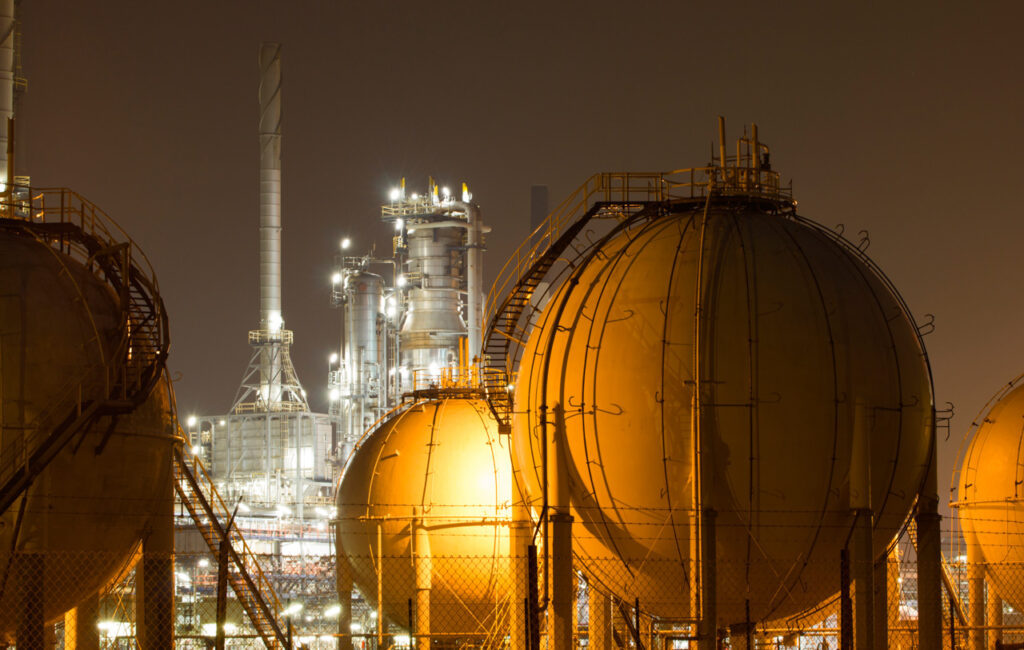
This guide provides an overview of the methods used for identifying, detecting, measuring, and quantifying (IDM&Q) methane emissions, along with references to other documents offering technical details on these methods and technologies. It highlights that the best practices for IDM&Q depend on factors such as the characteristics of the facility, the scale of emissions, the […]
The methane imperative
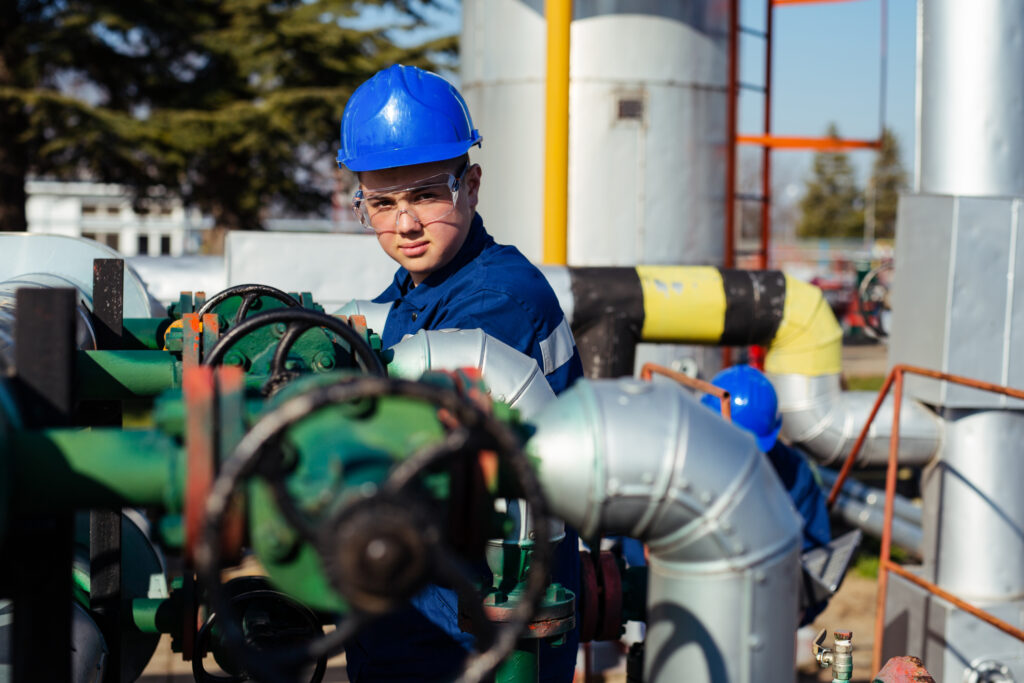
The article analyzes the feasibility of reducing methane emissions at the national and sectoral levels, emphasizing that while significant reductions are achievable—especially to meet targets like the Global Methane Pledge—there are notable uncertainties in the cost-effectiveness and impact of these measures. It shows that the mitigation costs for many strategies are relatively low compared to […]
National oil companies and methane reductions: How to meet 2030 goals

This paper examines what companies must do to realize their plans and raise their ambitions, and which types of partnerships can help accelerate these changes. It summarizes the importance of methane reductions by state oil companies, outlines their climate and methane reduction commitments, and analyzes the progress and emissions reductions pathways that will be necessary […]
British Columbia fugitive emissions management guideline

This Fugitive Emissions Management Guideline provides regulatory requirements and guidance for fugitive emissions management in British Columbia. This guideline provides a structured approach to managing fugitive emissions. It includes detailed instructions on planning and conducting leak detection surveys, detection and measurement methods, and training requirements. Additionally, includes British Columbia standards track repairs and data management. […]
Best practice guide – flaring
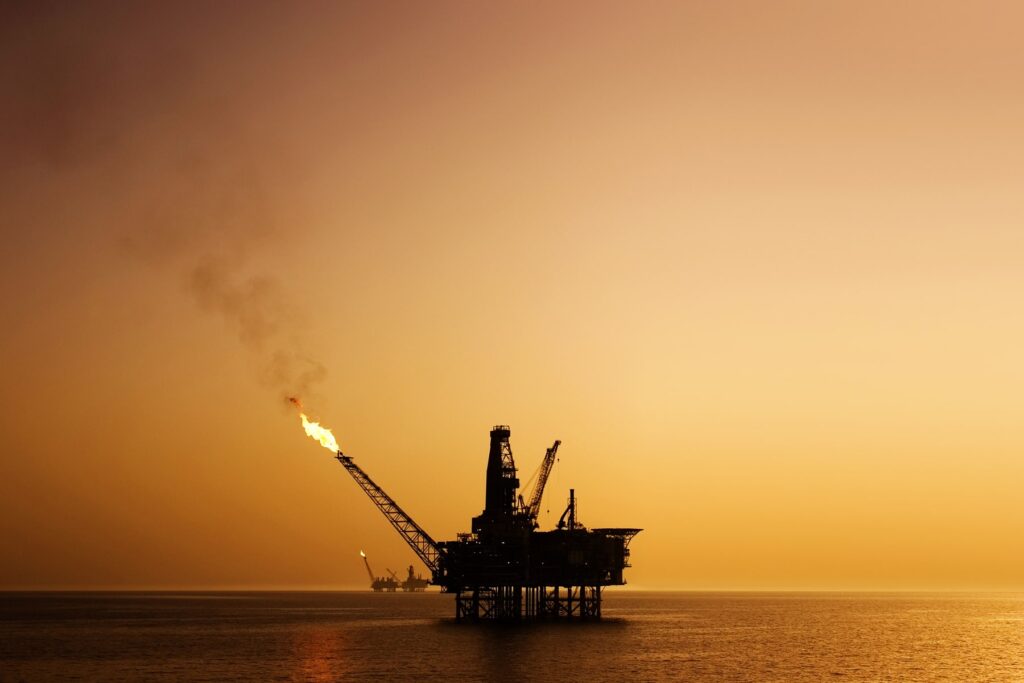
Best practices to reduce methane emissions from flaring.
